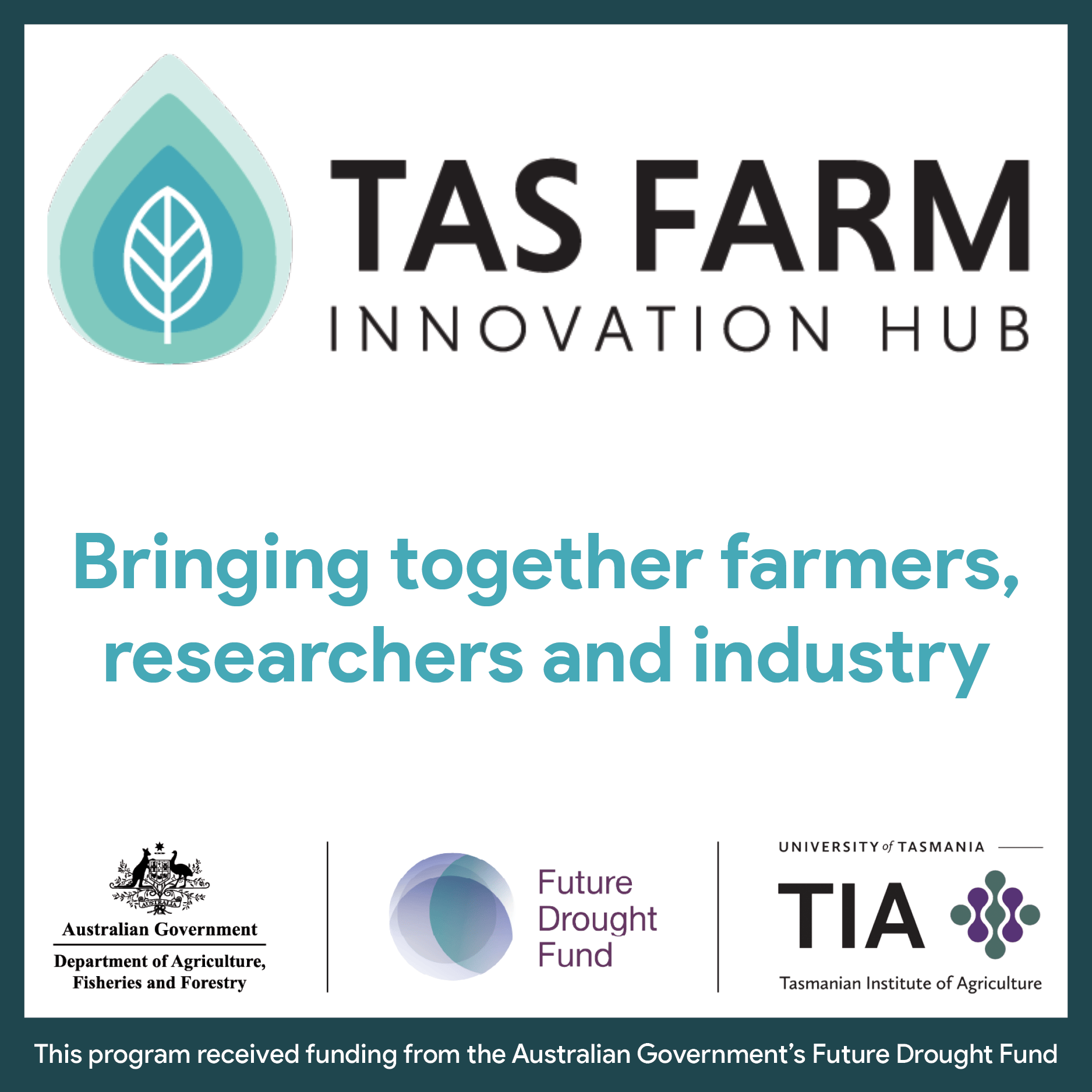Council's concern over potential dangers of salmon antibiotic
The Huon Valley Council has expressed concern about the antibiotic florfenicol being used in farmed salmon pens in waters within its municipality following complaints from its ratepayers.
The state’s salmon industry has been given emergency approval by the Australian Pesticides and Veterinary Medicines Authority (APVMA) to use the antibiotic on its fish in an effort to fend off the bacteria P. salmonis.
The bacteria was a major contributor to a mass salmon mortality event earlier this year, which killed an estimated 10 tonnes of fish from Huon Aquaculture and Tassal pens in southeast Tasmania.
Salmon companies are also hoping to start using a vaccine developed for use in conjunction with florfenicol.
In the aftermath of the APVMA approval, Tasmania’s Director of Public Health, Mark Veitch, recommended recreational fishers consider not eating fish caught within 3km of a salmon pen treated with florfenicol.
“Eating fish caught 3 kilometres away will not completely remove the chance of consuming antibiotic residues,” Dr Veitch said.
“However, it is reasonable to assume that the closer a fisher is to a pen being treated – during and shortly after treatment – the more likely it is they may catch a fish with traces of florfenicol.
“After 21 days, it is very unlikely that wild fish – even those caught within 3 kilometres of treated pens – will have any detectable traces of florfenicol.”
Dr Veitch said antibiotic-resistant germs were a serious contemporary health problem.
“To help prevent resistance, antibiotics should only be used when necessary and for clear medical or veterinary reasons.
“Under Australia’s National Antimicrobial Resistance Strategy – 2020 and Beyond, everyone shares responsibility to use antibiotics appropriately.”
Huon Valley Mayor Sally Doyle said her council had reached out to the EPA, the Department of Natural Resources and Environment and aquaculture industry representatives to seek further clarity, express community concerns, and encourage transparent and responsive communication around florfenicol.
“While the salmon industry is transparently reporting on when and where they are using florfenicol, there needs to be a single source of clear, factual and up-to-date information from the regulator,” Ms Doyle said.
“We’ve requested that signage be installed at local boat ramps and popular foreshore fishing spots.
“These signs should include a QR code linking to an improved website that provides real-time updates on any impacted fishing areas.
“Our community deserves easy access to accurate information so they can make informed choices.”
Salmon Tasmania CEO John Whittington said that while he understood the community’s concerns about florfenicol, there was more than 30 years of experience and scientific evidence showing the antibiotic is safe to use.
“In terms of the environment, florfenicol breaks down in seawater rapidly, it is safe for other marine life and requires a lower volume than any other antibiotics available for treatments,” Dr Whittington said.
“In terms of consumers, science and experience show that florfenicol-treated salmon are 100 per cent safe to eat, with consumers across the world eating salmon treated with florfenicol for decades.
“The APVMA requires a strict wait time after antibiotics are used before salmon can be harvested, which ensures they are safe to eat.”
Dr Whittington said the use of florfenicol was part of salmon aquaculture’s commitment to using the best available science to farm in Tasmanian waters sustainably.
“Science shows us that florfenicol is not only the most effective way to treat our salmon, but it is safe for consumers and the best antibiotic option when it comes to our environment, too.
“This is why it is important that salmon farmers have this additional tool in their toolbox ahead of summer as part of a comprehensive health and welfare management plan.”




Add new comment
Comments
Salmon farming
It’s a tragedy … and a failed venture.
Never support this kind of endeavour… there are no winners… the whole project needs to be re-thought.